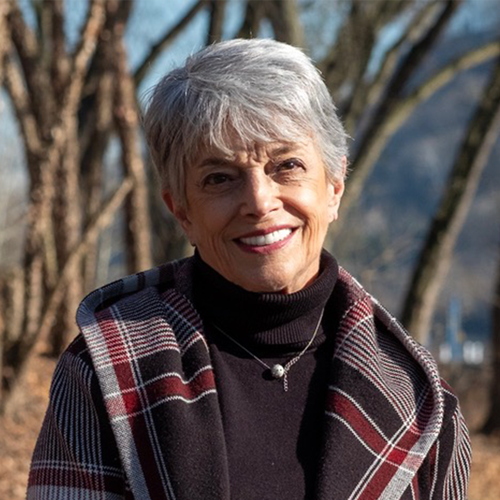Broken Hearts, Broken Families, Reconfigured Lives


Related Event

A family therapy expert whose name I can’t recall, or I would give him proper credit said something when I was a student in his class that I’ve never forgotten all these years later– “You can never be rid of anyone you have ever loved.” At the time I wrote this sentence in my notebook, I happened to be grieving a separation from my husband of 12 years. I found this truth both depressing and hopeful at the same time. I still do.
Ambiguous Grief is one of the most difficult loss experiences to traverse. The person is still alive but the relationship you have with them must change. When that happens due to divorce, it leaves both parties, and their children and friends flailing about for clues on how to behave and how to treat one another. Unlike when someone dies, there are no communal rituals or traditions to follow. I remember suggesting to my soon-to-be ex-husband that since we couldn’t make a good marriage, perhaps for the sake of our children, and ourselves we could strive to make a good divorce. Somehow, we did, but when I spoke those words, despite being a family therapist myself, I had only a sketchy idea of how we would accomplish that.
Addiction, dementia, mental illness, these medical issues in a loved one can make them no longer available for the relationship we used to have with them. The person is still alive, but they are not the same, so the relationship cannot be the same. So, neither can we be the same person we were. I did still get to be the” big sister “to my younger sister Pat who lost herself and her own memories over a period of 10 years from mild cognitive difficulties to eventual Alzheimer’s disease. When she lived in a facility and I couldn’t see her for a period, I would always worry that she wouldn’t remember me. She always did which was a blessing though she sometimes couldn’t figure out what my face was doing on that iPad screen that a staff member was holding for us to communicate. “That looks like my sister, “she would say, and I would, with relief and joy in my voice say, “It is your sister,” and I’d begin talking about something we had done together, reminding her of conversations and experiences we’d had. She would smile and seem to be remembering it, though maybe she was experiencing it again for the first time. It felt like I was giving her back some of her memories.
In my book The Art of Grieving, How Art and Artmaking Help Us Grieve and Live Our Best Lives, the hardest chapter to write was the one on family estrangement. Being treated as an unwelcomed guest in a relationship where closeness and affection once existed turns out to be the cruelest type of ambiguous grief. This type of loss not only separates children from parents, and grandparents from grandchildren, but eventually family estrangement can separate present and future generations from their ancestors, keeping people from knowing the answer to the question, to whom do we belong?
The hopeful part of what my teacher offered his students that day is the notion that whether a loved one dies or is for other reasons no longer available to us to receive the love we have for them, love itself never dies. I’ve found art most helpful in staying in touch with my love of loved ones gone from my sight for whatever reason. In the courtyard garden outside my office, there is a statue of two young girls, one a bit taller than the other. Pat gave this to me years ago to honor our relationship, and me as her older sister. That image, as I looked up from my desk accompanied me through her long illness. And now that she has transitioned to larger life, it still comforts me. As do the stories I tell about how my ex-husband George and my second husband Rich jokingly referred to one another for years as “my husband-in-law.”
About
After an early career as a professional dancer I became a social worker, therapist, and social work professor. When my own life handed me so many invitations to grieve–I turned to the arts and they did not disappoint. I published a book about my experiences accompanying two of my adult children and my best friend through serious illnesses and death and was surprised that many people seemed afraid to read it. This put me on a several yearlong path writing weekly blogs and researching how grief got such a bad reputation. This has resulted in my recently published book, The Art of Grieving: How Art and Art-Making Help Us Grieve and Live Our Best Lives and my offerings of courses on Reimagine based on the book. Since 2006 I have directed and performed with the Wing & A Prayer Pittsburgh Players, an InterPlay-based improvisational troupe, often responding to topics of grief and loss.
Visit sheilakcollins.com
Related Event



